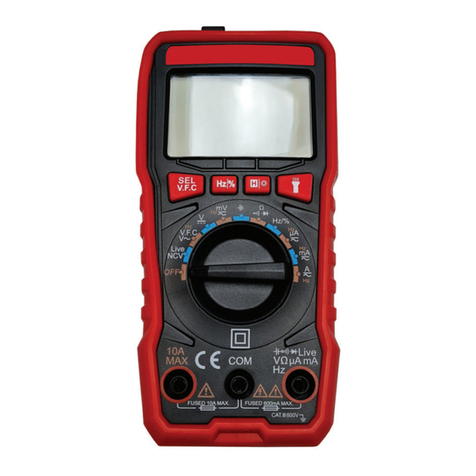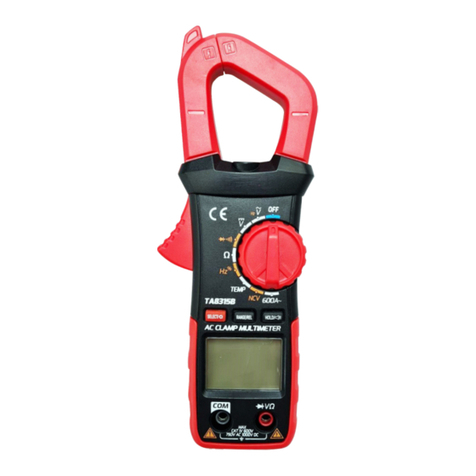
11
10
VORSICHT - um das Verletzungsrisiko
zu verringern, lesen Sie unbedingt die
Bedienungsanleitung.
Verwenden Sie immer Gehörschutz
Verwenden Sie immer einen
Augenschutz
Verwenden Sie nach dem Reinigen
und Schleifen immer eine Staubmaske
zum Schutz vor Schmutz und Staub,
die Krebs verursachen können.
In Übereinstimmung mit den
geltenden Sicherheitsstandards
der europäischen Richtlinien
Dieses Produkt oder sein Netzkabel enthält
Chemikalien, einschließlich Blei. Nach der
Handhabung Hände waschen.
Brand- oder Explosionsgefahr. Verwenden Sie
das Gerät nicht in der Nähe von brennbaren
Materialien und flüchtigen Chemikalien.
Aluminiumoxidähnliche Schleifmittel können
elektrostatische Funken erzeugen, die in
gefährlichen Umgebungen Brände oder
Explosionen verursachen können.
Vorsicht vor möglichen statischen
Stromschlägen.
SICHERHEITSINFORMATION
LESEN UND VERSTEHEN SIE ALLE ANWEISUNGEN ZUR VERWENDUNG UND PFLEGE VON
WERKZEUGEN. DIE NICHTBEACHTUNG KANN ZU SCHÄDEN AM KÖRPER ODER EIGENTUM UND
ZUM VERLUST DER GARANTIE FÜHREN. ÜBERPRÜFEN SIE UNMITTELBAR NACH DEM KAUF, DASS
DAS PRODUKT VOLLSTÄNDIG UND UNBESCHÄDIGT IST. JEGLICHE UNREGELMÄSSIGKEITEN,
HÄNDLER MELDEN.
Die Sandstrahlkabine erzeugt aus dem Strahl der abrasiven Partikel eine starke Kraft.
Es ist ein gefährlicher Faktor, der nur von einem qualifizierten Erwachsenen gehandhabt werden darf,
nicht unter dem Einfluss von Alkohol und Drogen.
• Trennen Sie das Gerät von der Stromversorgung und trennen Sie den pneumatischen Anschluss
vor allen Kontroll-, Service- und Reparaturarbeiten.
• Richten Sie den Reinigungsstrahl nicht auf Hände und Haut.
• Stellen Sie sicher, dass die Kabine richtig abgedichtet ist.
• Stellen Sie sicher, dass Glas, Handschuhe und Pneumatikschläuche nicht beschädigt sind.
• Überschreiten Sie nicht den maximalen Betriebsdruck.
• Richten Sie den Strahl der Pistole nicht auf andere Personen.
• Verwenden Sie niemals ein beschädigtes, abgebrochenes, rissiges oder schlecht befestigtes
Zubehör.
• Überprüfen Sie die Funktion des Geräts während des ersten Betriebs, ohne Last für 30 Sekunden.
Treten während dieser Zeit Vibrationen oder Störungen auf, sofort abschalten.
• Tragen Sie Augen- und Gehörschutz, es wird auch empfohlen, andere Schutzmittel zu verwenden:
Handschuhe, Schürze, Staubmaske.
• Niemals auf nassem Boden oder bei Regen arbeiten.
• Stellen Sie sicher, dass die Stromversorgung den Anforderungen des Werkzeugs entspricht.
Verwenden Sie das Werkzeug niemals mit einer falschen Stromversorgung.
• Verwenden Sie beim Arbeiten mit Werkzeugen immer Wissen und gesunden Menschenverstand,
insbesondere unter ungewöhnlichen Arbeitsbedingungen. Sorgen Sie zunächst für Ihre eigene
Arbeitssicherheit und die Sicherheit von Außenstehenden.
• Werkzeug zur Verwendung durch qualifizierte Erwachsene.
BEACHTUNG!
Trotz der eigensicheren Konstruktion, des Einsatzes von Sicherheitsmaßnahmen und zusätzlicher
Schutzmaßnahmen besteht bei der Arbeit immer ein Restrisiko von Verletzungen.





























